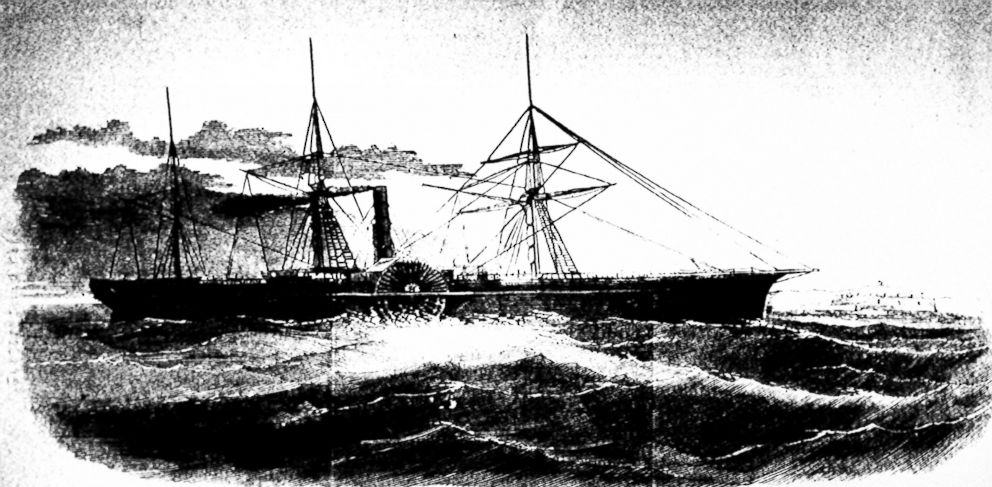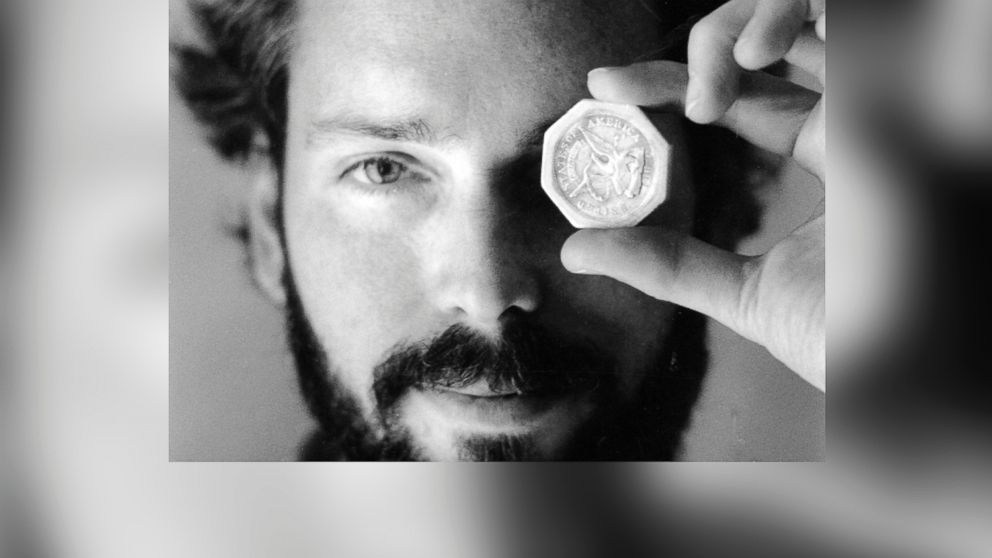Fugitive Treasure Hunter Arrested by US Marshals Following Two-Year Search
— -- A famous treasure hunter has been arrested by U.S. Marshals after spending more than two years in hiding, authorities said.
Tommy Thompson was arrested Tuesday by U.S. Federal Marshals following a global manhunt.
Thompson, who became famous in 1988 after pulling up the treasures of the shipwrecked S.S. Central America, was arrested on a federal civil warrant that was issued in 2012 after he failed to appear at hearings in a civil court case.
"Thompson was one of the most intelligent fugitives ever sought by the U.S. Marshals and he had vast financial resources at his disposal," said Peter Tobin of the U.S. Marshall Service.
Thompson and his companion Alison Antekeier were found and arrested at the Hilton Hotel in West Boca Raton, Florida, according to U.S. Marshal Senior Inspector Brian Babtist.
The couple had been living in the hotel for at least two years, said Babtist.
In criminal documents filed today described the state of Thompson's home after his disappearance.
According to a report filed by a U.S. Federal Marshall, a handy man hired by Thompson found a book in Thompson's home titled "How to Be Invisible" that detailed how people can evade law enforcement. The man said the house had fallen into disrepair and mold was growing throughout the premises.
To keep cash handy, the criminal complaint alleges that Thompson started putting $10,000 in cash in pipes that were then buried across the premises. Law enforcement officials allege Thompson has only used cash in financial and business transactions since 2005.

Antekeier was also arrested after she failed to appear at a court hearing, where she was going to reveal Thompson's whereabouts.
The couple had last been spotted at Vero Beach, Florida, according to a statement from the U.S. Marshals.
The arrest comes decades after Thompson first grabbed headlines when he and his team pulled artifacts and gold treasures from the S.S. Central America. The finds were estimated to be worth $400 million, according to criminal documents filed by a deputy U.S. marshal.
The gold artifacts were eventually sold in 2000 for about $50 million, according to the Associated Press.
After the treasure was brought up, Thompson was accused of not returning any of the $12.7 million that had been given to him by 161 investors, according to the AP.
Rick Robol, a Columbus, Ohio-based attorney, who had previously defended Thompson's company, said the treasure hunter had been planning on returning to the wreck to bring up more of the gold and give his investors higher returns.
"I believe he was spending his time trying to deal with the challenge of how to recover the downed treasure," Robol said of Thompson. "He indicated that he wanted to make sure that every investor got every penny back and made a profit from the operation."
Thompson's company was eventually sued by two investors, according to the AP.
Robol said the suits were filed in 2005. Around the same time, Thompson was also sued by members of the team who helped him recover the treasure for not properly compensating them after the recovered gold was sold, said Robol.
The ongoing legal cases lasted from 2005 to 2012, according to Robol, which is when Thompson disappeared. In the criminal complaint, a handy man said small notes were put on the wall detailing various lawsuits involving Thompson.
According to Babtist, Thompson and Antekeier will face an extradition hearing before they are moved to Ohio for further court proceedings.
The Associated Press contributed to this report.




